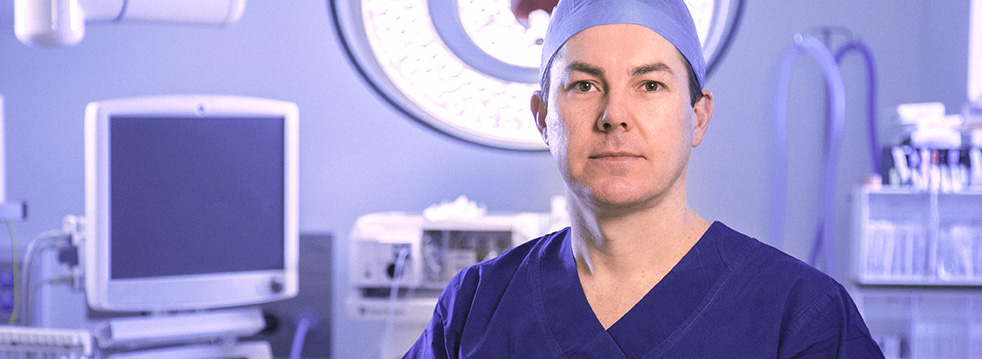What is the appendix?
The appendix is a long, thin tube that hangs off the caecum. The caecum is the first part of the large intestine (colon). The appendix is thought to possibly play a role in harbouring good gut bacteria, however we certainly do not need our appendix. In fact, it appears to do more harm than good.
What is appendicitis?
Appendicitis is the term for inflammation and infection of the appendix. This is a common condition with a lifetime incidence of around 6-8%. It is one of the most common surgical conditions we deal with.
What causes appendicitis?
Usually appendicitis is caused by obstruction of the lumen (inside) of the appendix. This causes swelling side the appendix, irritation, bacterial overgrowth, breakdown of the mucosal lining of the appendix, and in some cases can result in perforation of the appendix. The causes for obstruction of the appendix lumen are faecoliths, increased lymphoid tissue, parasites, inflammatory bowel disease and rarely polyps or malignancy.
What are the symptoms and signs of appendicitis?
Appendicitis may present with some or all of the following:
- Pain in the right lower quadrant of the abdomen
- Loss of appetite
- Nausea and/or vomiting
- Fever
- Generalised feeling of being unwell
The classical presentation of appendicitis starts with abdominal pain around the belly button. This starts as a vague pain that then appears to shift to the right lower part of the abdomen. The pain typically is worse with movement such as walking, getting in and out of bed, and gets worse when going over bumps in the car. Usually there is a loss of appetite, and sometimes vomiting can be present. Depending on the severity, a fever may also develop.
What tests are needed to diagnose appendicitis?
A combination of a careful medical history, physical examination and routine bloods tests are often all that is needed to diagnose appendicitis. An ultrasound scan or CT scan of the abdomen may be performed in certain situations to help establish the diagnosis. Often a diagnostic laparoscopy (keyhole surgery) is performed to both diagnose and treat the problem.
What is the treatment for appendicitis?
The treatment for appendicitis is surgical removal of the appendix. In >95% of cases this may be performed using keyhole surgery, thereby minimising scars and post operative wound pain. Intravenous antibiotics will also be administered and in some instances continued after the operations depending on the severity of the appendicitis (mainly related to the degree of contamination within the abdomen).
Can antibiotics alone treat appendicitis?
Uncomplicated appendicitis can settle with antibiotics alone. There is however a risk that the appendicitis will not resolve with antibiotics, in which case surgery is still needed and thus performed at a later stage in the disease. Medical trials on non-operative treatment of appendicitis have demonstrated a high incidence of recurrence of appendicitis in those patients not having surgery (appendicectomy), in the region of 25% recurrence rates.
Given surgery for appendicitis is very safe, and the length of hospital stay is very short (patients are usually discharged home the day after surgery), surgery is recommended in the vast majority of patients. This approach remains the gold standard, as opposed to several days in hospital for intravenous antibiotics with no guarantee surgery can be avoided, and with the risk of appendicitis occurring again in the future.
I generally reserve non-operative management of appendicitis to elderly patients who are very high risk candidates for a general anaesthetic, and in whom appendicitis is mild and without radiological evidence of a faecolith (appendicolith).
Can I get appendicitis when I am pregnant?
Yes. Appendicitis can still occur during pregnancy and can be life threatening to the foetus. You should seek urgent medical attention if you are pregnant and have symptoms or signs of appendicitis. Surgery is still recommended, and depending on the stage of pregnancy a keyhole approach is often still able to be performed.
